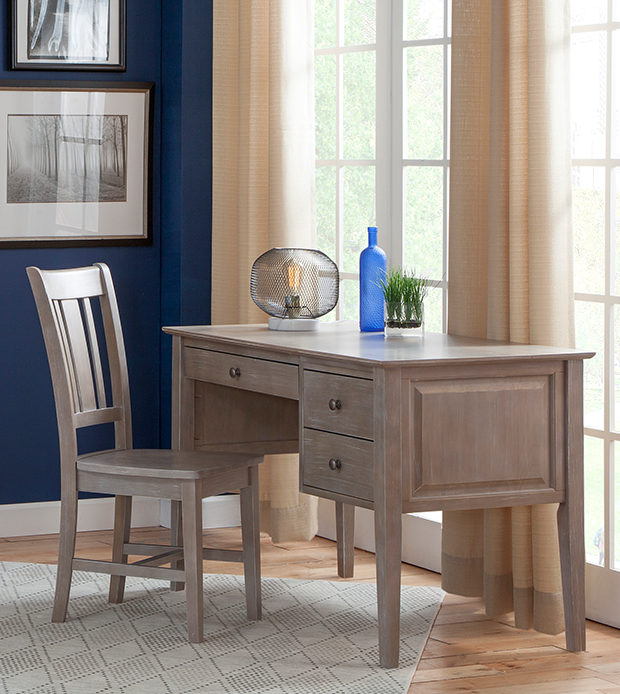Stools
Determining the right height
Start by measuring your room! Prior to choosing furniture, consider the windows, closets, heating vents and electrical outlets in the room. Next, measure the perimeter of the room and draw a simple floor plan to plot your furniture placement. In addition to each room’s standard furnishings, you’ll want to plan for other items.
There are a lot of room planning tools that can be fun, and helpful, in your designing process such as John Thomas Furniture Omni Planner or HomeByMe. Another great room planning trick is to place painters tape on hard floors, or sheets of paper on carpet, to help visualize where prospective furnishings will be placed. Once the tape, or paper, is down to measure, you can move around the “piece of furniture”, or include furnishings that are already in the space around the piece you’re considering, to see if the space feels tight or too open and if it fits.
Determining the right height
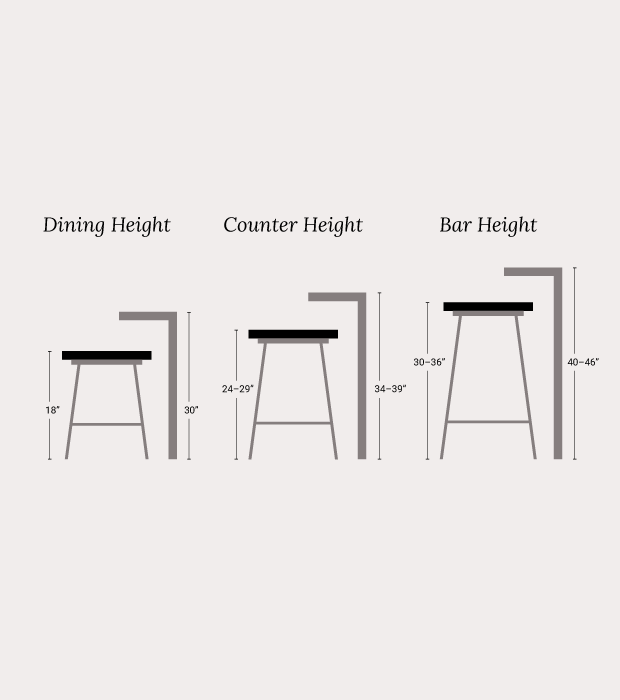
Kitchen islands require adequate clearance space to be functional. The National Kitchen and Bath Association (NKBA) guidelines recommend an optimal allowance of a 42″ aisle around the island, especially on sides facing appliances where there are door swings to account for, and 48″ for two cooks. With that said, depending on how the kitchen is laid out, the minimum aisle width should be at least 36″ to be functional. The minimum counter width of an island should be 24″.
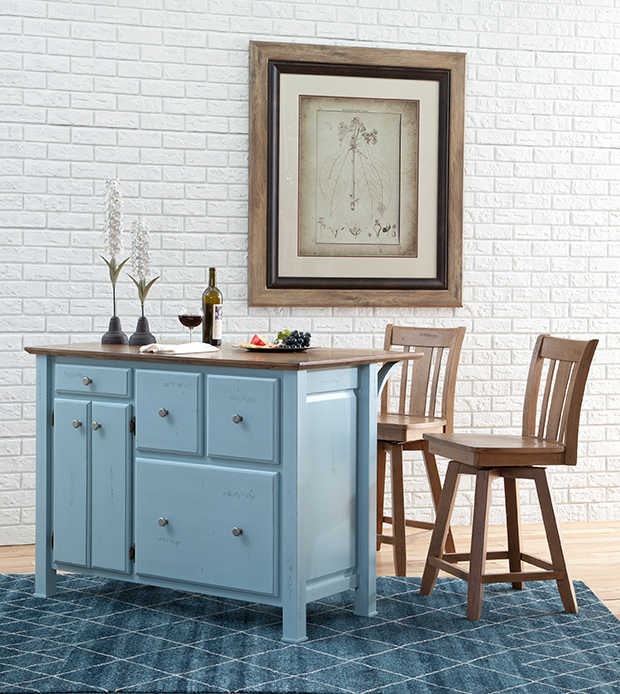
For a seating area around a dining table to feel comfortable and not cramped, 36″ between the table edge and walls or obstructions is necessary to provide room for guests to enter and exit their chairs. In a cramped setting or fixed-seat environment such as a booth-style seat, 24″ is sufficient. In areas where others need to walk behind seated guests, such as to access an entryway, 54″ to 60″ is necessary to allow ample space.
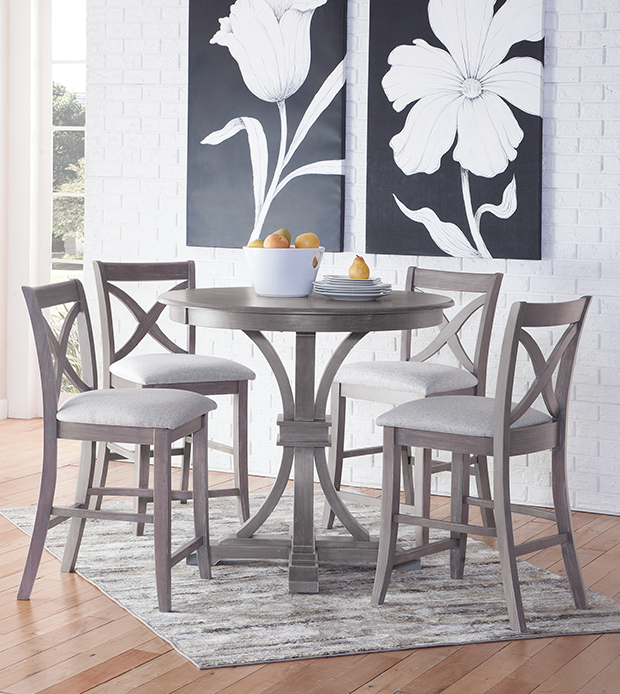
Measure your TV and any other components you would like to place in or on your furniture. Purchase your TV FIRST, then your furniture, and measure outside dimensions for width, depth and height.
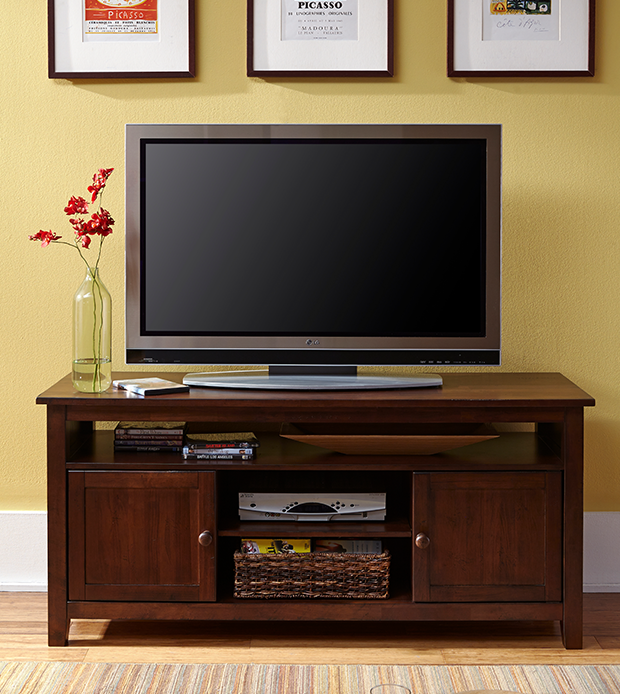
Determining the right size.
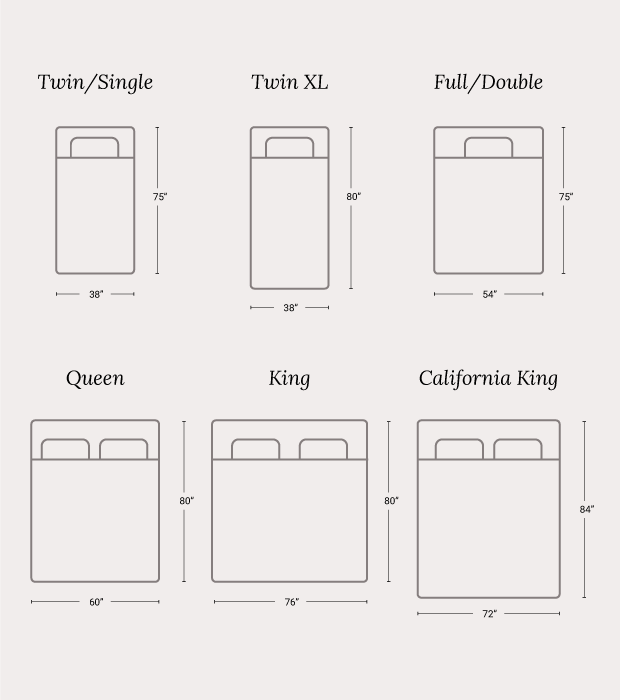
Once you’ve selected your new furniture, it’s important to be sure it can be delivered through all entryways, elevators and stairways. Measure the height and width of your entryway, including elevators and interiors. Use the furniture measurements to determine whether or not you will need to bring the furniture straight in, at an angle or on end.
Make sure there is a clear, unobstructed path in front of and beyond each doorway. Make note of any light fixtures, decorative mouldings, walls, ceiling heights, stairwells and banisters that may pose a problem once furniture is inside.
